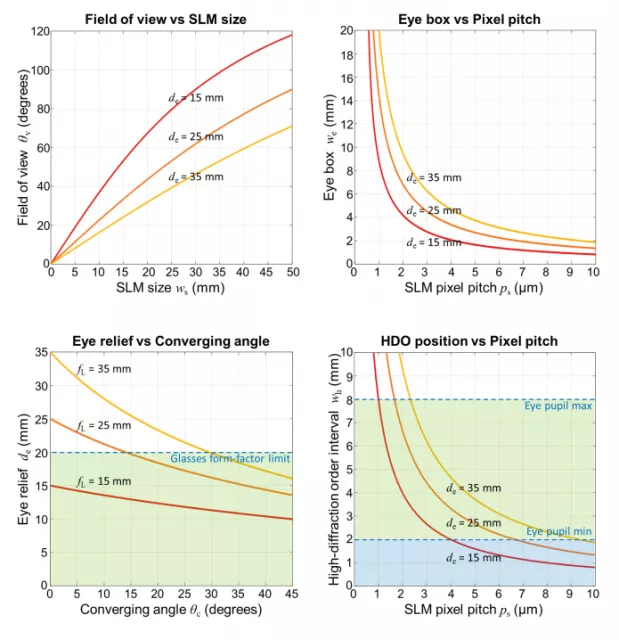NVIDIA, in cooperation with researchers at Stanford University, is studying ultra-thin holographic glasses for VR, which can encapsulate the technology required for 3D holographic images into wearable displays with a thickness of only a few millimeters. It is reported that the team has built a prototype of an ultra-thin VR display with a thickness of only 2.5mm.

The holographic glasses, called holographic glasses, are composed of a pupil replication waveguide, a spatial light modulator and a geometric phase lens, which can generate holographic images with light and thin shape parameters.


In addition, the holographic glasses provide 22.8 ° diagonal field of view, 2.3mm static and 8mm dynamic eye boxes, and support 3D focus prompt. They are smaller and very lightweight.
Foreign media said that the holographic glasses are still in the prototype research stage, and there is still room for improvement in image quality, pupil diameter and control and system integration, so next researchers will continue to work on optimization iteration.
